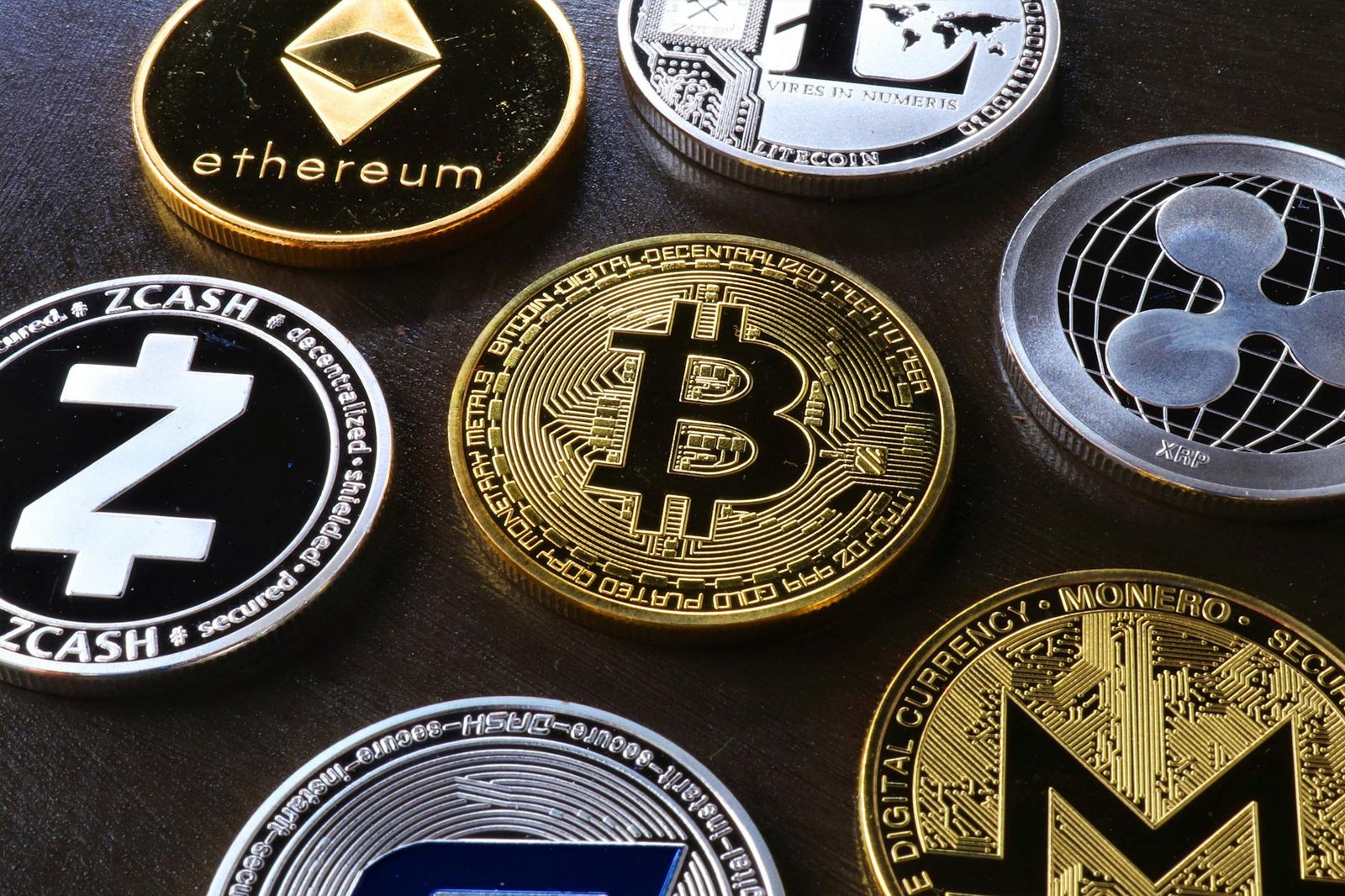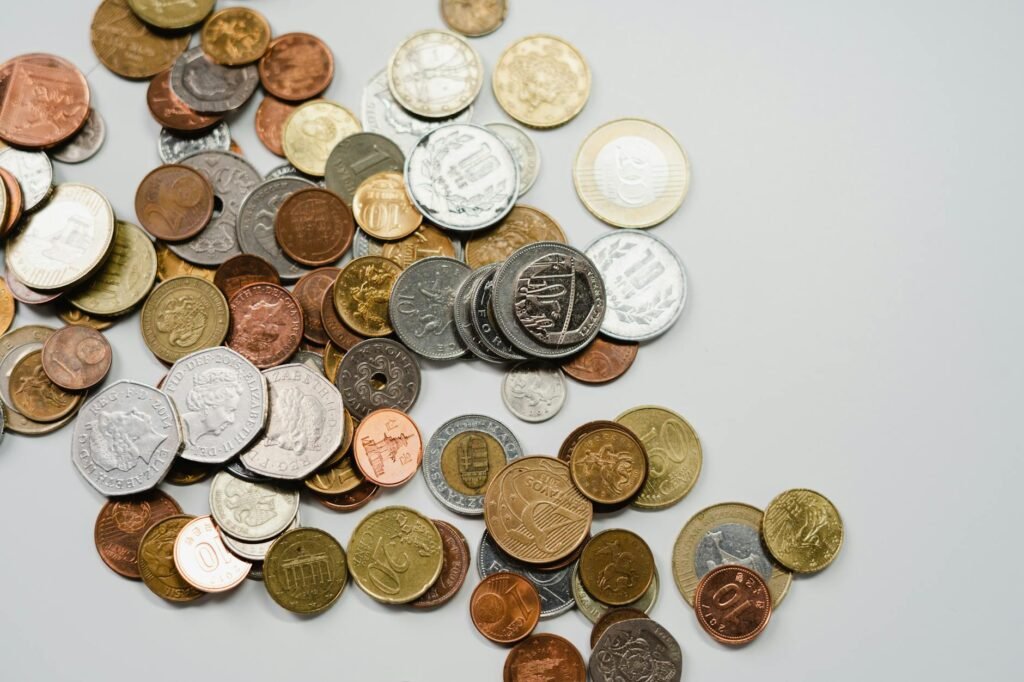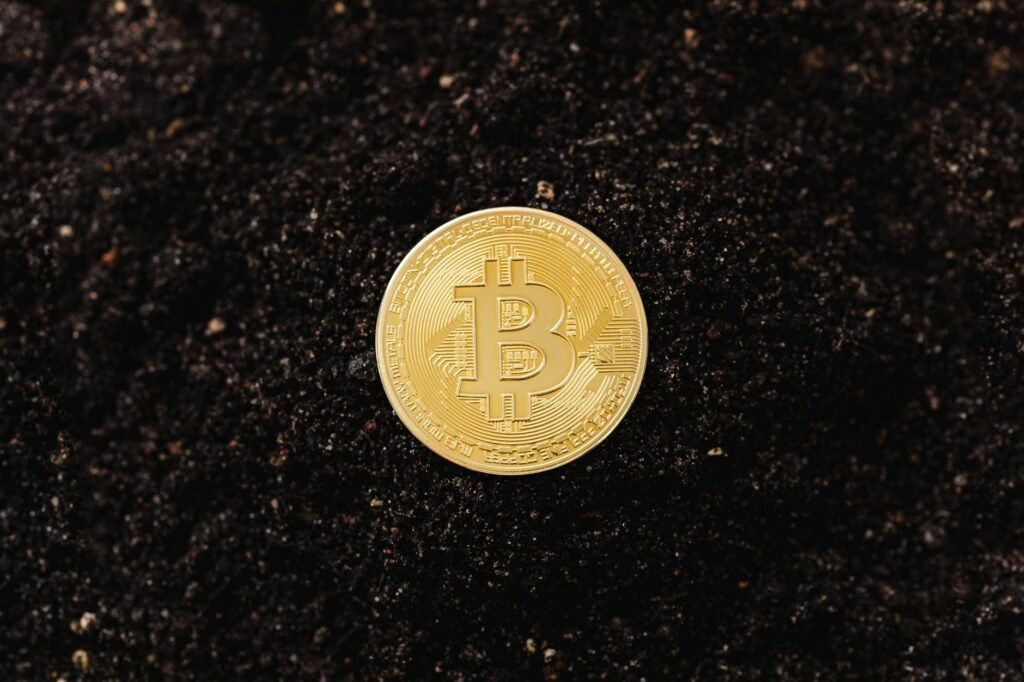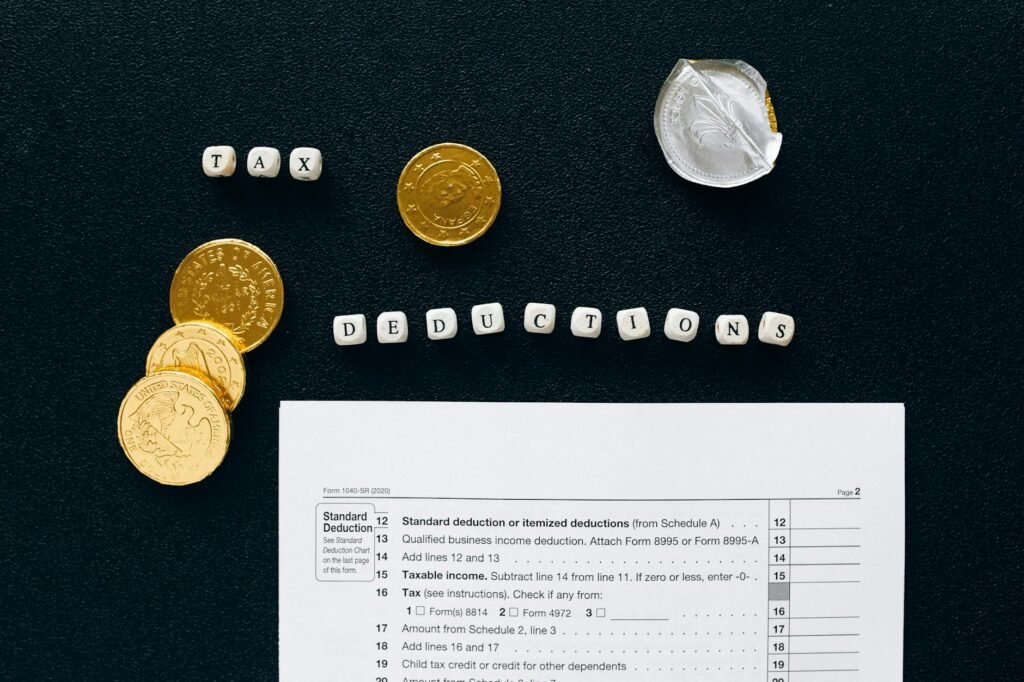Return of Gold Standard: Stunning Global Economy Impact

Return of Gold Standard: Exploring the Global Economy Impact
Return of gold standard is a topic that has intrigued economists, historians, and policy-makers for decades. With recent discussions around currency stability and economic volatility, a resurgence of interest in this monetary system has emerged. This article delves into what a return to the gold standard might entail and how it could profoundly affect the global economy.
A Historical Perspective
To understand the potential effects of reinstating the gold standard, it’s essential to look at its historical context. The gold standard was the foundation of international economics for much of modern history, peaking in influence from the late 19th century until the early 20th century. Nations backed their currencies with gold, ensuring that every unit of currency had a corresponding value in gold.
This system promoted currency stability and fostered international trade by eliminating many uncertainties involved in foreign exchange. However, it faced challenges during times of economic stress, such as the Great Depression, leading to its eventual abandonment in favor of fiat currency systems.
The Mechanics of Currency Stability
One of the most touted advantages of the return of the gold standard is the potential for increased currency stability. Under a gold standard, the supply of money is directly tied to the supply of gold, which can prevent governments from printing excessive money and causing inflation.
The predictability inherent in such a system could bolster international confidence in financial markets. Businesses might thrive in this stable environment, knowing that their investments and profits are less susceptible to sudden devaluation due to market volatility.
Global Economy Impact: Pros and Cons

Potential Benefits
1. Reduced Inflation: By restricting the ability to print money, a gold standard could minimize the risk of inflation, protecting the purchasing power of individuals and businesses.
2. Enhanced Trade Relations: A stable currency could lead to stronger international trade relationships, as countries might feel more secure in transactions with stable currency values.
3. Investment Stability: Investors seeking stability might find the gold-backed currency appealing, potentially leading to increased capital flows into countries that adopt the standard.
Challenges and Drawbacks
1. Limited Flexibility: While currency stability is attractive, the rigid nature of the gold standard means governments may struggle to respond to economic crises effectively by adjusting monetary policy.
2. Gold Supply Dependency: The system heavily depends on the availability of gold. Fluctuations in gold production or discoveries could lead to unintended economic consequences.
3. Global Consensus Required: For a successful implementation, widespread international agreement would be essential, which could be a significant hurdle given today’s geopolitically diverse landscape.
Geopolitical Considerations
The return of gold standard would demand a concerted effort globally. With the geopolitical intricacies of the 21st century, reaching an international consensus might prove challenging. Countries with significant gold reserves might have an edge, leading to new power dynamics, while those with lesser reserves could face economic disadvantages.
National economies would need to reassess their monetary policies, possibly prompting contentious debate over the surrender of some national financial autonomy to adhere to global norms.
Conclusion: Weighing the Possibilities
The idea of reinstating the gold standard is a topic ripe for debate, loaded with possibilities and challenges. On one hand, its promise of currency stability and control over inflation is compelling, providing an anchor in turbulent economic seas. On the other, the lack of flexibility and significant international cooperation needed presents substantial hurdles.
Regardless of the outcome, the contemplation of such a shift highlights the ongoing quest for stability and predictability in the global economy. The dialogue surrounding the return of gold standard not only revisits historical monetary policies but also sparks new conversations about future possibilities in our ever-evolving financial landscape.


Leave a Reply